The Best Tests For Fuel Delivery Systems
In this article, I’ll explain how the basics of testing fuel delivery problems has changed and how some of the most common mistakes in diagnosing fuel delivery systems can be avoided.
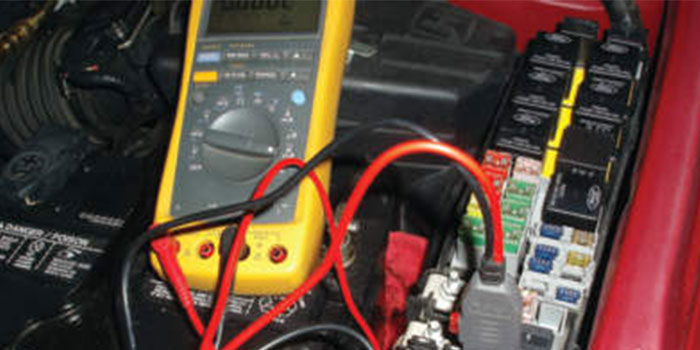
Water And Debris Cause Bearing Damage
Although inadequate lubrication can be classified into eight basic categories, two of those causes – water contamination and debris contamination – can be particularly attributed to bearing damage.

Keep The Valvetrain On Track
Valvetrain components such as lifters, pushrods, rockers and valve springs are often replaced when rebuilding stock engines. Worn rocker arms and lifters should not be reused to prevent failures down the road. If you’re installing a new flat tappet cam, new lifters are a must. Any pushrods that are not straight must also be replaced, along with high-mileage valve springs that have weakened with age.
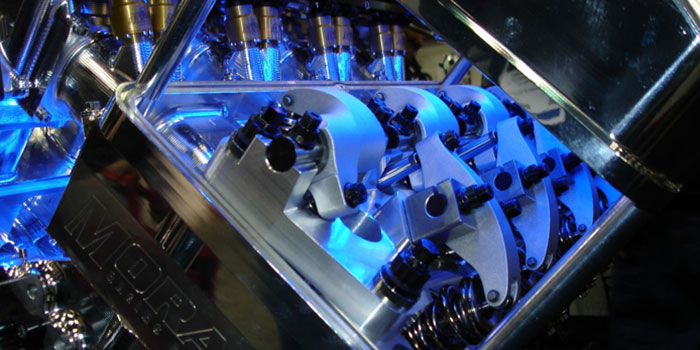
Brake Edge Code Updates Explained
Notice anything different about those edge codes on that set of brake pads you just ordered? If you haven’t yet, you will.
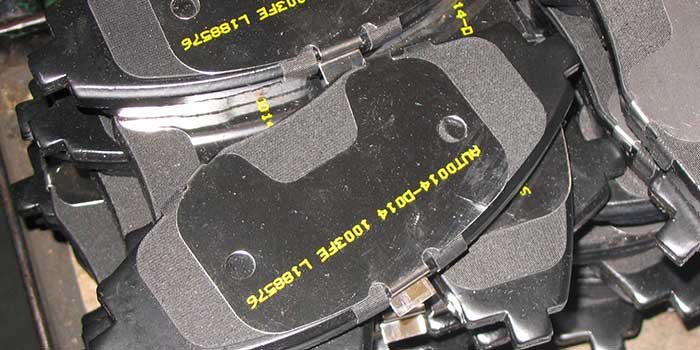
Auxiliary Water Pumps – How One Component Can Upset Your Cooling System Diagnostic Logic
A Mercedes comes into the shop with a complaint of poor heater performance. The driver says during cold mornings that the heater will blow cold while he’s driving to work during rush hour traffic. The car is not overheating and the air is coming from the correct ducts. Your first reaction might be to install a new thermostat and inspect the heater core for a blockage. During a test drive, the system may perform great for you. Is the customer just cold blooded?
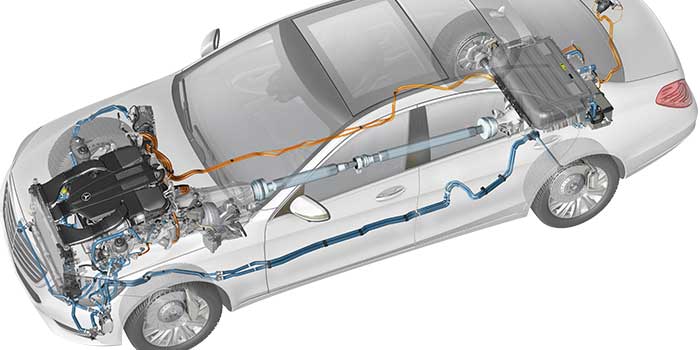
How To Prime Twin Tube Shocks And Struts
Occasionally, light-vehicle twin tube shocks and struts are misdiagnosed as faulty when removed from the box for installation. On the initial stroke of the product you may notice a dead band or erratic damping at the top of the stroke of the twin tube shock or strut. This is a normal occurrence and the shock will function properly once it has been primed.
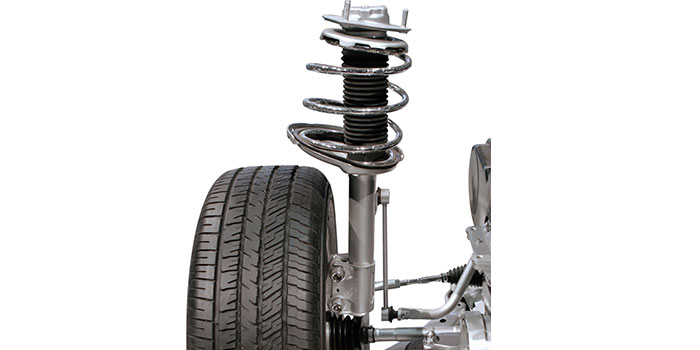
Automatic Belt Tensioners Are More Than Just Springs
A worn automatic belt tensioner has consequences beyond a loose belt. When an automatic belt tensioner wears down, the belt and attached accessories will start to take an extra pounding because the tensioner can no longer dampen the power pulses of the crankshaft. The effect on these components is similar to when a car has bad shocks that slowly destroy the suspension.
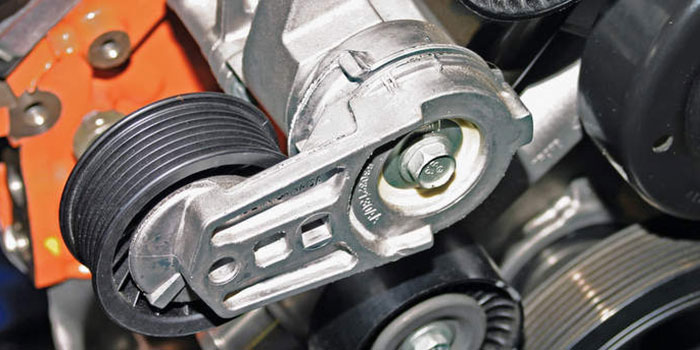
The Engine Thermostat: Understanding Electronically Assisted Thermostats
The engine thermostat has been an important component in automotive internal combustion engines for almost a century. The engine thermostat helps to speed warmup and reduce cylinder ring wear. Today, the engine thermostat plays an important role in increasing engine combustion efficiency and reducing emissions. To accomplish that task, engine thermostat functions are controlled by the engine’s electronic control unit (ECU), ensuring precise regulation of temperature based on the engine’s loads.
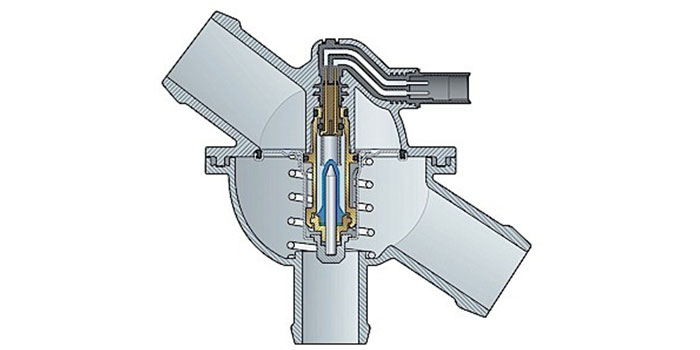
Fueling Choices: Factors For Carburetion Or A Bolt-On TBI Fuel Injection System
If you’re building a performance engine, should you fuel it with a carburetor or some type of electronic fuel injection (EFI) system? If the application is a late-model vehicle that came factory-equipped with EFI, that decision has already been made for you.
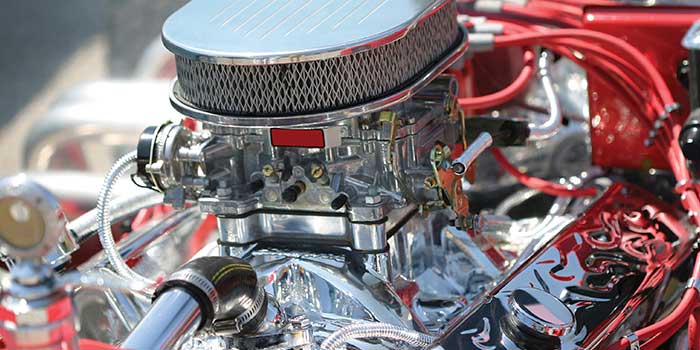
What Is Selective Catalytic Reduction?
Selective Catalytic Reduction (SCR) is a proven and advanced active emissions control technology system that injects a liquid-reductant agent through a special catalyst into the exhaust stream of a diesel engine. The reductant source is usually automotive-grade urea, otherwise known as Diesel Exhaust Fluid (DEF). The DEF sets off a chemical reaction that converts nitrogen oxides into nitrogen, water and tiny amounts of carbon dioxide (CO2), natural components of the air we breathe, which is then expelled through the vehicle tailpipe.
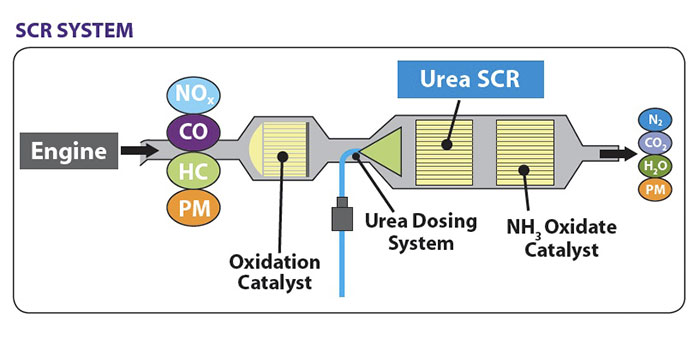
Brake Hose Inspection And Replacement
Brake hoses are the most government-regulated components on a vehicle. Anyone making brake assemblies must be registered with the Department of Transportation (DOT). All aftermarket hose, fittings and complete hoses must conform to FMVSS 106 and SAE J1401. These tests are demanding and often exceed what a vehicle will see in the real world.
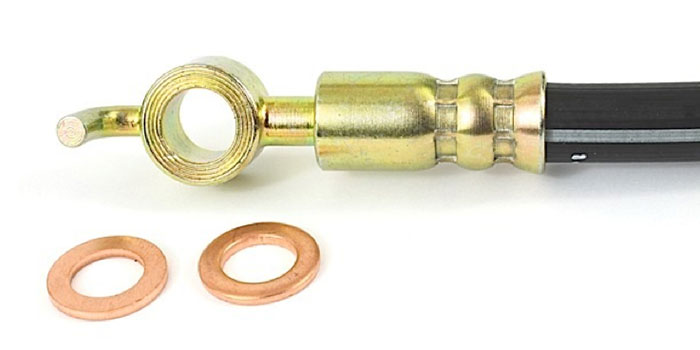
Selling The Complete Serpentine Belt Job
Technicians and customers have pretty much accepted that the accessory serpentine drive belt should be replaced between 90,000 to 100,000 miles. It is a “slam dunk” sale to just replace the belt, but does that replacement belt have the same chance to survive the same mileage? Chances are in the next 90,000 to 100,000 miles the replacement belt will have to deal with problems the original belt did not – a worn tensioner, idler pulley bearing failure or component alignment issue.

